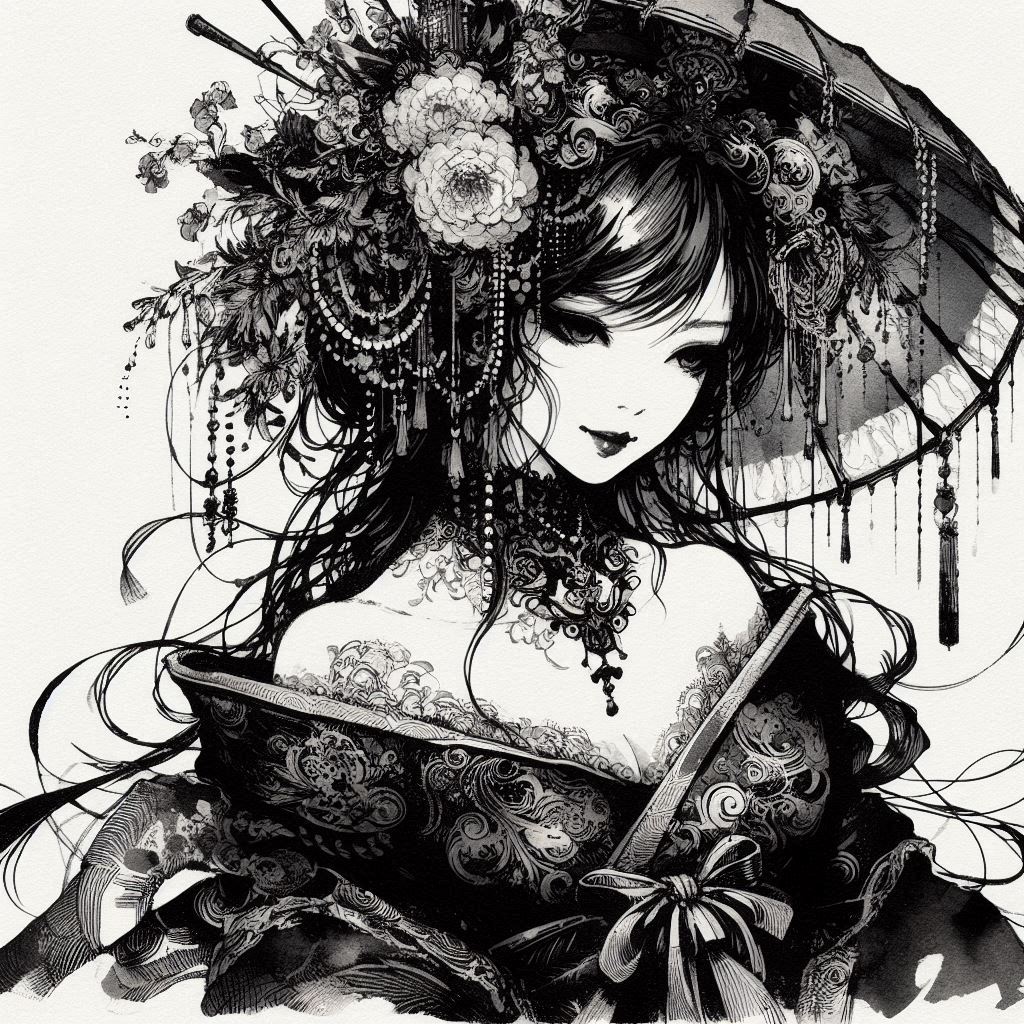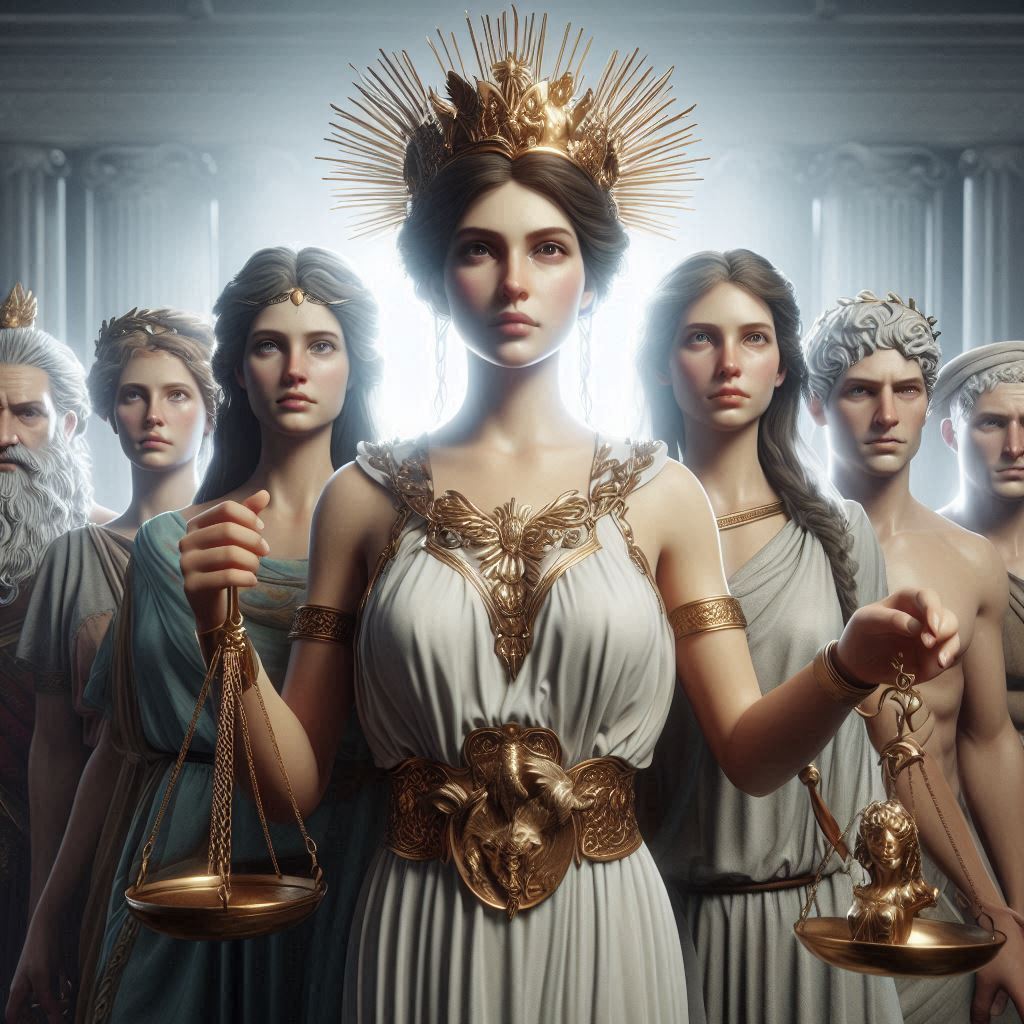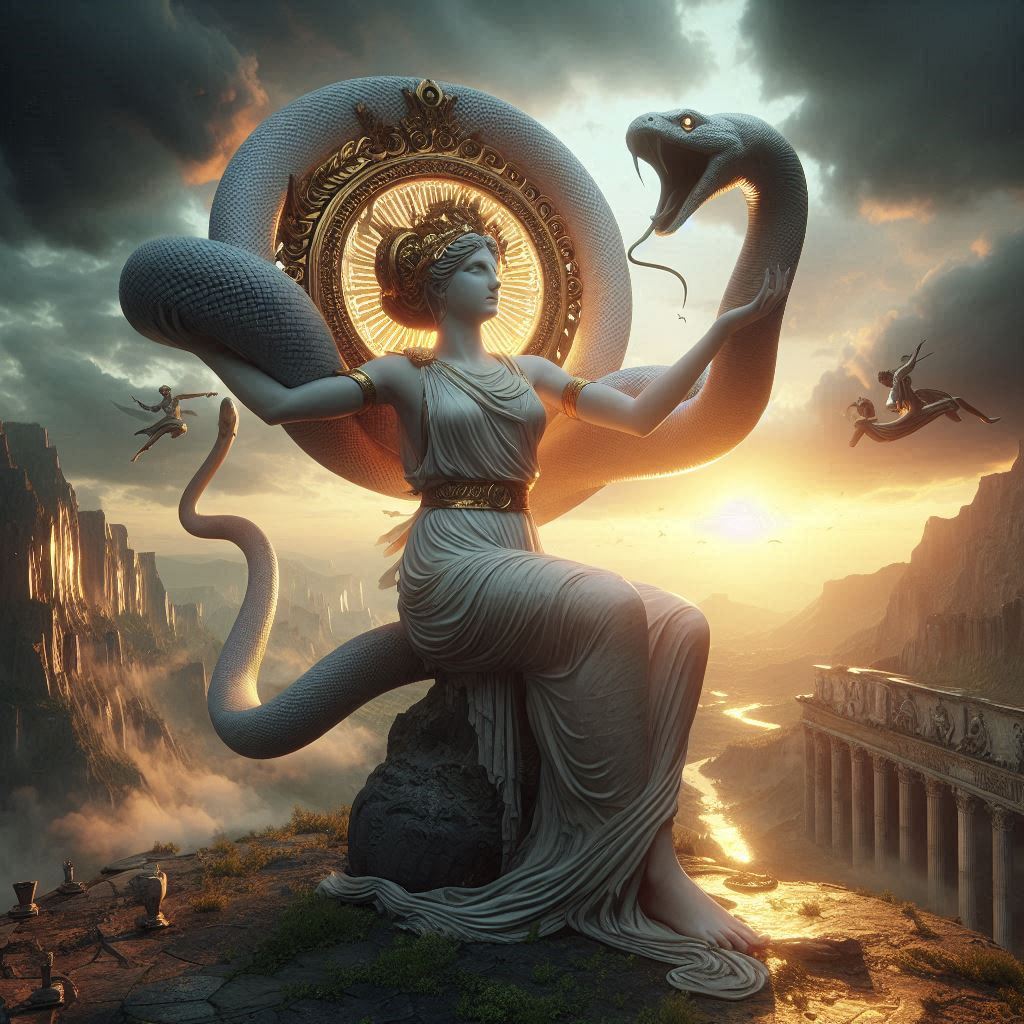Table of Contents
The Monkey King’s Pilgrimage: How Journey to the West Became the Soul of Chinese Literature
In the pantheon of world literature, few stories are as beloved, enduring, and deeply woven into the cultural fabric of a nation as Journey to the West. Attributed to the Ming dynasty writer Wu Cheng’en, this 16th-century novel is far more than a classic; it is a foundational pillar of Chinese consciousness. To understand Journey to the West is to grasp a key to understanding China itself—its spiritual aspirations, its bureaucratic satire, and its timeless love for a hero who is both divinely powerful and profoundly human.

Chapter 1: The Historical Pilgrimage and Its Mythical Rebirth
The power of Journey to the West stems from its grounding in historical fact, which it then transforms into high myth. The novel is loosely based on the real-life journey of the Buddhist monk Xuanzang, who in the 7th century Tang Dynasty undertook a perilous 17-year journey across Central Asia to India. His goal was to obtain authentic Buddhist sutras to bring back to China, where he subsequently spent years translating them. His own account, The Great Tang Records on the Western Regions, is a sober geographical and cultural chronicle.
Centuries of oral storytelling, folktales, and stage performances transformed this historical pilgrimage into a grand mythological epic. The solitary, scholarly Xuanzang became the pious but often helpless Tang Sanzang. The dangers of the road—bandits, deserts, and political turmoil—morphed into a menagerie of shape-shifting demons, ancient monsters, and enchanting spirits, all with a singular goal: to eat the monk and gain immortality. This evolution from history to legend demonstrates the collective creativity of a culture, refining a true story into a narrative that explores deeper spiritual and philosophical truths.
Chapter 2: The Allegorical Journey: A Path to Enlightenment
On its surface, Journey to the West is a thrilling adventure, but its true depth lies in its function as a sophisticated allegory for the Buddhist path to enlightenment. The entire pilgrimage is a symbolic journey of the self toward spiritual awakening.
Each member of the pilgrimage represents a component of the human condition:
- Tang Sanzang symbolizes ordinary humanity—well-intentioned and striving for virtue, but plagued by fear, doubt, and gullibility. His physical body is the vehicle for the journey, but his mind is weak.
- Sun Wukong is the untamed mind. His boundless energy, intellectual curiosity, and rebellious arrogance perfectly illustrate the nature of the human consciousness before discipline. His 72 transformations show its adaptability, and his “Somersault Cloud,” which can traverse 108,000 miles in a single leap, represents its capacity for instantaneous, distracted thought.
- Zhu Bajie (Pigsy) embodies raw appetite and desire. Gluttonous, lazy, and lustful, he is constantly led astray by his physical senses. His character serves as a humorous but stern warning about the attachments that hinder spiritual progress.
- Sha Wujing (Sandy) represents dullness and a lack of introspection. While reliable, he is often quiet and uncreative, symbolizing a stagnant or unexamined aspect of the self.
The 81 tribulations they face are not random obstacles, but necessary trials to subdue these inner demons, refine their natures, and achieve collective harmony. The journey itself, not just the destination, is the process of enlightenment.
Chapter 3: Sun Wukong – The Archetypal Rebel-Hero
The novel’s immortality is unquestionably secured by the creation of Sun Wukong. He is one of literature’s most compelling and archetypal figures. His origin story establishes his unique nature: born from a stone nourished by the primal forces of heaven and earth, he is a being of cosmic ambition.
His early chapters are a manifesto of rebellion. He masters magic, seizes his iconic Ruyi Jingu Bang (a staff that can change size) from the Dragon King, and defies the very order of Heaven. His title, “Great Sage, Equal of Heaven,” is a direct challenge to the celestial hierarchy. This resonates deeply with a universal human desire for autonomy and recognition. He is the ultimate underdog who refuses to know his place.
His imprisonment under Five Elements Mountain by the Buddha is not a mere punishment; it is the necessary containment of chaos so that his immense power can be redirected. His redemption comes not through the suppression of his spirit, but through its channeling. He retains his cleverness, wit, and pride, but directs them towards a noble goal—protecting his master. This transformation from a chaotic rebel to a disciplined, enlightened guardian, without losing his essential character, is what makes him a truly timeless hero.
Chapter 4: A Celestial Bureaucracy: Satire and Social Commentary
Beyond the spiritual allegory, Journey to the West functions as a brilliant and humorous satire of imperial Chinese society. The Celestial Bureaucracy of the Jade Emperor, with its endless officials, rigid protocols, and petty rivalries, is a direct reflection of the Ming Dynasty imperial court.
The novel is filled with sharp critiques:
- Nepotism and Corruption: Time and again, the pilgrims defeat a demon, only to discover it is a celestial being’s escaped mount or a servant who stole a treasure. The deity then intervenes to spare the creature, highlighting a system where connections protect the powerful from consequences.
- Inefficiency and Bureaucracy: The gods often fail to handle problems directly, relying on convoluted plans and hierarchies. This mirrors the frustrations of citizens dealing with a vast, impersonal imperial administration.
- The Fallibility of Authority: The Jade Emperor and his court are not all-knowing, omnipotent beings. They are often portrayed as complacent, easily offended, and unable to control a single monkey. This subtly challenges the divine mandate of earthly emperors.
This satirical layer allows the novel to be enjoyed by adults on a completely different level than children, who see only the adventure, ensuring its cross-generational appeal.
Chapter 5: A Cultural Colossus: Pervasive Influence in Art and Language
The influence of Journey to the West on Chinese culture is so profound it is almost impossible to overstate. It has transcended literature to become a cultural colossus.
- Language: Countless idioms and chengyu (four-character phrases) originate from the novel. To “call out Sun Wukong to subdue the monster” is to use the right person for the job, and “even the Buddha cannot pass through six ears” (a reference to a plot with a fake monkey) means that secrets cannot be kept when too many people are involved.
- Performing Arts: For centuries, the story has been a staple of Chinese opera, with its acrobatic fights and colorful masks providing a perfect medium for the tale. The character of the Monkey King is a specialized and highly respected role.
- Modern Media: The 1986 CCTV television adaptation is a cultural touchstone for generations of Chinese people. The story has also been adapted into countless films, anime (most notably Dragon Ball), video games, and comics, each reinterpretation introducing the classic to a new audience.
Chapter 6: Journeying Westward: Global Reception and Adaptation
Journey to the West has successfully completed its own journey to the West, captivating a global audience. The first major English translation, Monkey by Arthur Waley, published in 1942, brilliantly captured the novel’s playful spirit and introduced it to the English-speaking world.
Since then, its universal themes have proven highly adaptable. The rebellious hero’s journey, the epic quest, and the comedic team dynamic are elements that translate across cultures. We see its DNA in modern Western storytelling, from the buddy-road-trip structure to the powerful, reluctant hero. It stands alongside other world epic journeys like Homer’s Odyssey, demonstrating a shared human love for stories of trial, transformation, and returning home with wisdom.
Conclusion: The Unending Pilgrimage
Journey to the West is more than a book; it is a living, breathing entity in the ecosystem of human storytelling. It is a grand synthesis—of history and myth, religion and satire, profound philosophy and slapstick comedy—all held together by the irrepressible spirit of a monkey. It teaches without preaching, critiques without cynicism, and inspires with a sense of joyous adventure.
As long as there are readers who dream of challenging the heavens, who seek wisdom on a long road, or who simply love a story about a trickster hero and his flawed companions, the journey of Tang Sanzang and Sun Wukong will never truly end. It remains, and will forever be, an indispensable star in the constellation of world literature.


No responses yet